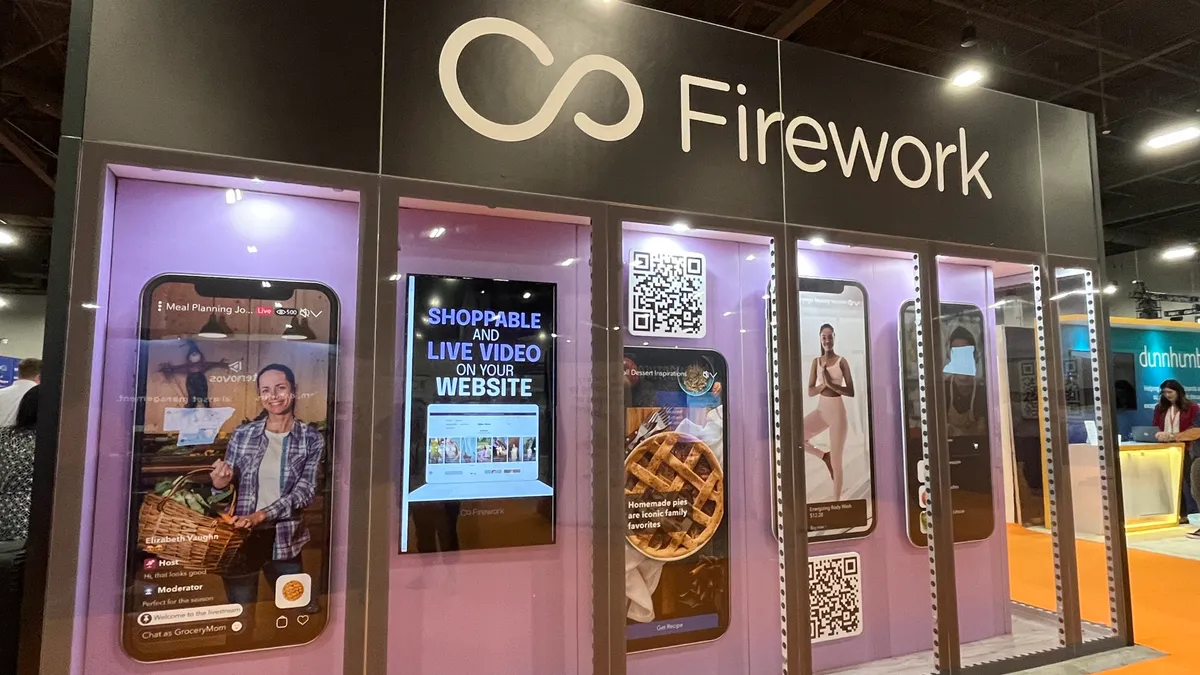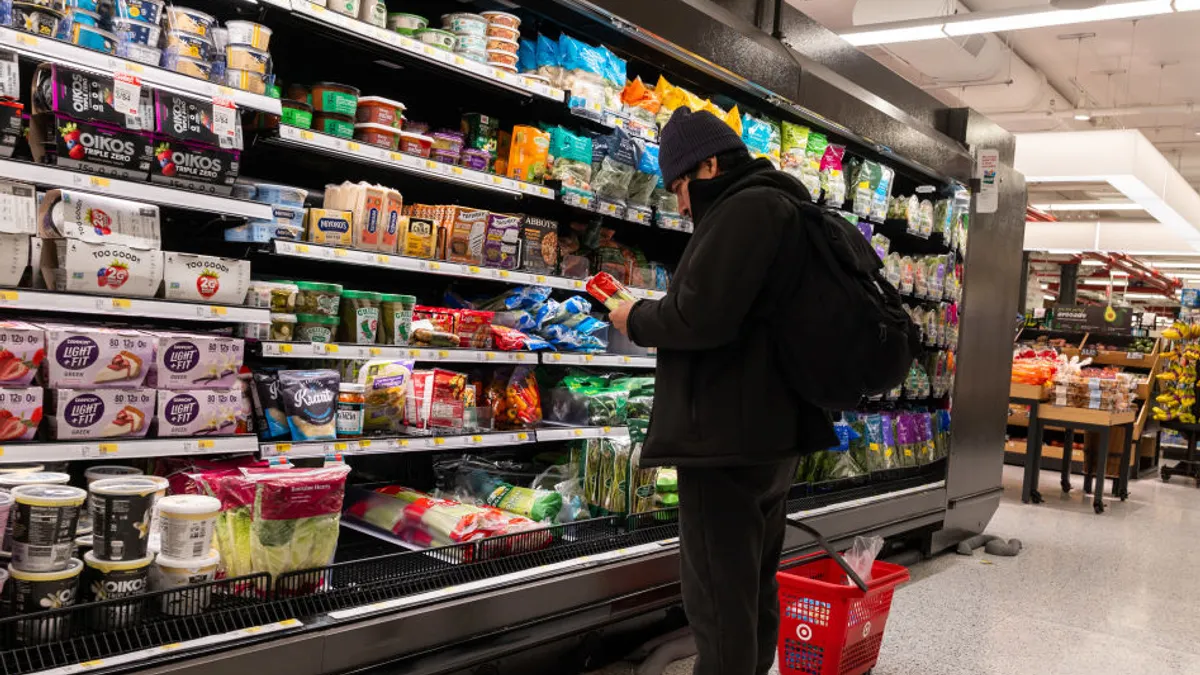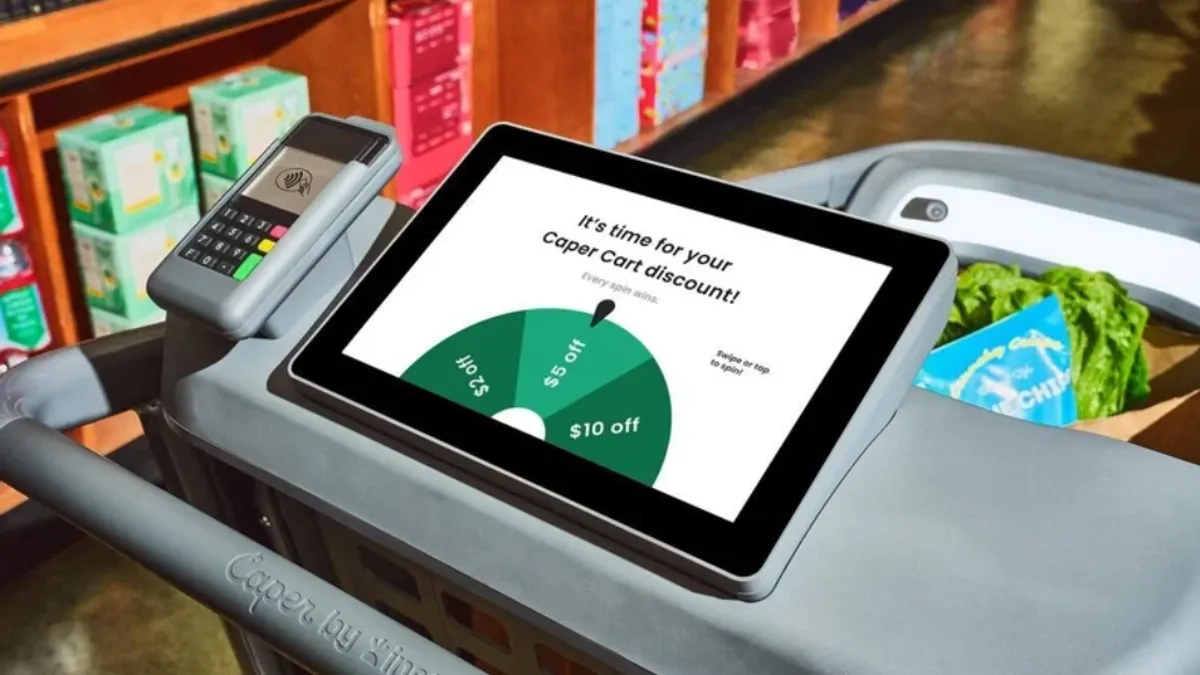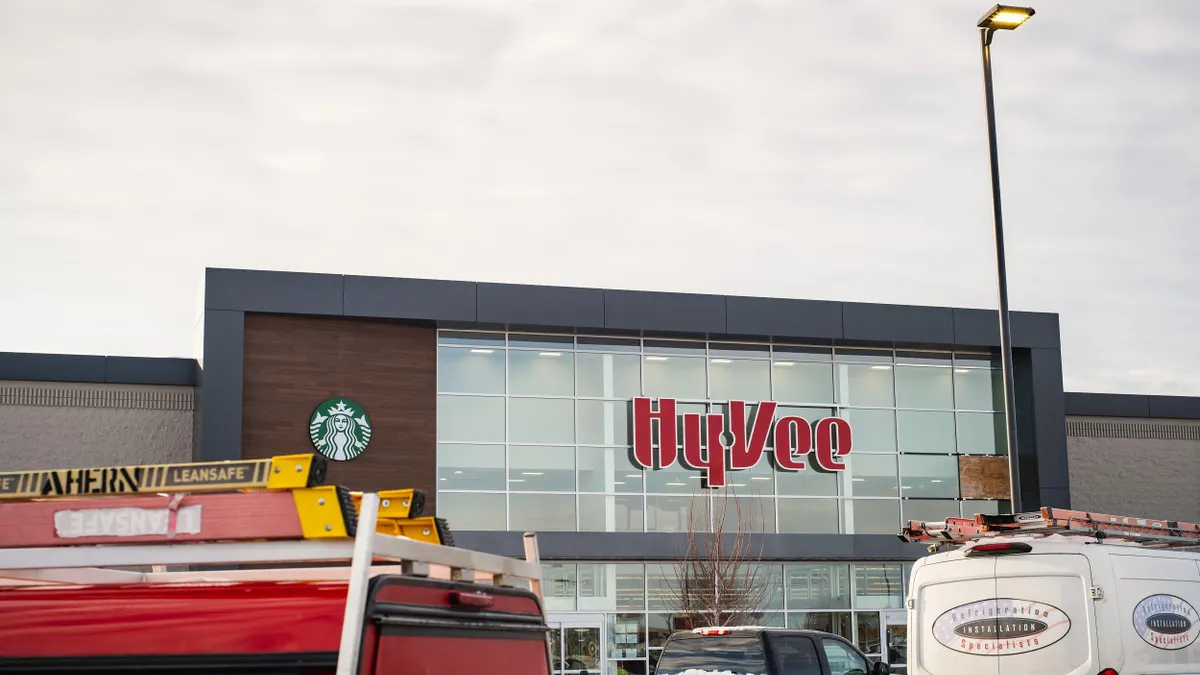TikTok and other social media apps are widely popular ways to reach users, especially younger ones, and tap into their desires for entertainment and virtual connectedness.
But video commerce technology company Firework says those social media apps shouldn’t be the focus of companies’ shoppable video strategies.
“[The] biggest problem for TikTok and Instagram is shopping intent isn’t happening there,” Firework co-founder and CEO Vincent Yang said in an interview.
That’s why Firework has built its business around powering shoppable livestreams and short videos on retailers’ websites, email and social media accounts. Founded in 2017, the company boasts a client base that includes major companies such as Walmart, Albertsons and fashion brand Natori.
Firework’s mission to have companies look beyond social media as a primary way to leverage short videos and livestreaming comes at a time when brands are starting to reduce ad spending on social media, Yang said.
On top of that, Apple’s privacy changes have made it harder to target ads to iPhone users and slashed return on ad spend (ROAS), leading to a greater emphasis on advertising on websites, Yang said.
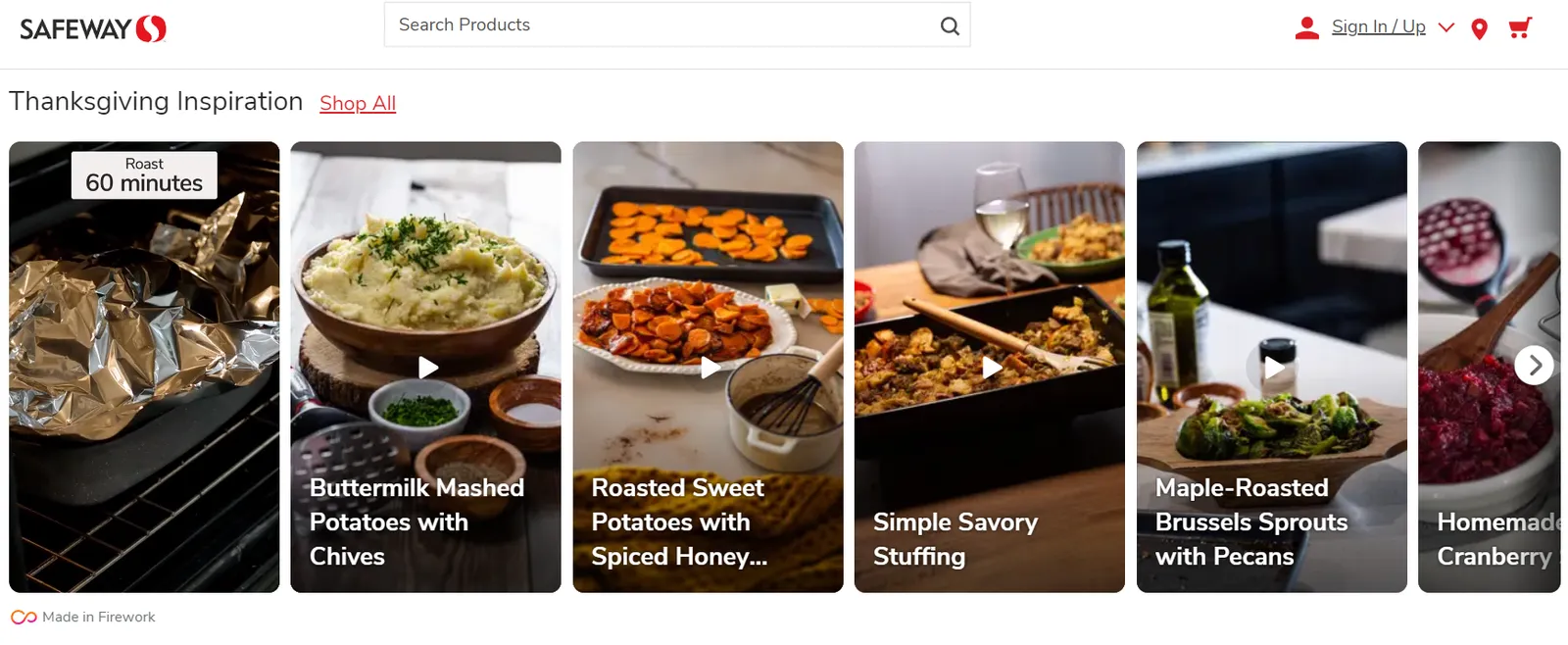
Owning the shopping experience
Social media sites, like TikTok, are distracting aggregators that people use to keep in touch with friends and family or for entertainment, Yang said: “Yes, people spend a lot of time on TikTok but [they’re] spending a long time on TikTok spread across thousands of other content.”
Meanwhile, the user base may be smaller for retailers' and brands' websites compared to social media, but the purchasing intent tends to be much higher, he said. To help generate more traffic for brands, Firework is in the process of building out retail media networks that link retailers and publishers, Yang said.
Shoppable videos can significantly boost engagement, Yang said, noting that Firework-powered videos can normally double or triple conversion rates and hook people into spending a longer amount of time on websites.
While the average attention span on a TikTok video is 2-3 seconds and a TikTok livestream is 20 seconds, Firework is seeing, on average, a 25-second attention span for the former and for the latter, 5 minutes minimum and up to 15-20 minutes, depending on the client, Yang said. The longer a viewer watches, the more likely it is for a sales pitch to resonate.

Companies have more control and access to first-party data by owning their video content than if they use social media, Yang said, noting that retailers can generate an alternative revenue stream by charging brands for access to that data.
“Now Safeway can report back to Campbell Soup to say, ‘Look today 1,000 people in this location were scanning your Campbell Soup video. On average, they watch for about 5 seconds and this percentage of people share it and this percentage of people actually shop it,’” Yang said.
How grocers can leverage shoppable content
Currently, short videos are the “hottest” format, but livestreams can fuel more purchasing given their length, Yang said. Shoppable video can also work offline to create an omnichannel experience with scannable QR codes on products, Yang noted.
With livestreams, retailers and brands can provide two-way communication that helps answer questions viewers have. The Fresh Market, which has been working with Firework since late 2021, uses livestreams to launch new stores and showcase experiences, Yang said.

Livestreaming and short video capabilities can have several use cases for food products, from shoppable recipes on homepages to storytelling about product sourcing in search results to how-to-use videos on product pages, Yang said. Instead of a search results page with images of yogurt, for example, grocers can have short videos showcasing the different brands.
While video commerce on retailers’ sites is typically not seen by viewers as a “community,” storytelling can help create it, Yang said. Brands that Firework works with are encouraging user-generated content that gets directly uploaded to the site and leveraging brand ambassadors and founders to talk about the brand and its main attributes, like a wine or coffee vendor showcasing sustainable sourcing methods, Yang said.
Content created by store associates and managers is particularly effective, Yang said, because millennials and Gen Z consumers crave human connection and authenticity. To increase personalization, artificial intelligence can show a viewer content made by workers at a local store.
Video not only allows for better measures of engagement than static visuals, but also provides more inspiration to viewers, Yang said: “Video speaks much stronger than just text.”



